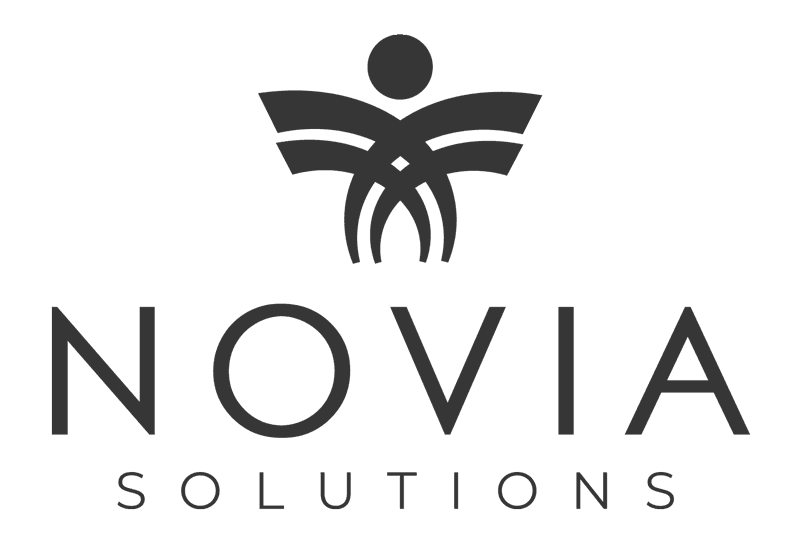Key takeaways:
- 90% of Millennials were found to value “career growth and development opportunities” within their role according to a 2016 Gallup poll
- However, less than 40% of those surveyed felt they had “learned something new on the job in the past 30 days”
- Managers were found to account for “at least 70% of the variance in engagement scores”1
According to a 10-yearlong study by the RN Works Project, 17.5% of newly licensed nurses leave their job within 1 year and 33.5% left within two. These numbers are especially noteworthy when taking into account the fact that the Baby Boomer generation is in the process of preparing to, or moving forward with, retirement. One tip for staying one step ahead is to hire an extra nurse who acts as a “float pool” and by giving continuous feedback. turn helps to reduce workplace burnout2.
While succession planning can help to drive down staggeringly high turnover rates, it also helps with knowledge retention so that the quality of care does not suffer when a tenured nurse of 20 years is replaced by a new grad who has been on the floor for 20 months. When nurses are planning to retire or transition into a new position, having them act as a mentor for several months prior can be a great way to retain their level of expertise, even if you can’t retain the individual. Below are three ways organizations can help develop the next generation of nursing leaders:
1. Don’t miss out on great candidates by limiting your candidate pool. Hiring managers have a tendency to focus on candidate resumes that follow traditional career trajectories. These career paths generally show candidates moving from nurse leader to clinical manager to nurse executive. However, not every candidate’s career path is so linear. By excluding candidates who may have worked in different specialty areas at a variety of different leadership levels, hiring managers can miss out on strong candidates who just happened to follow an untraditional career path.
2. Foster a Culture of Professional Growth by focusing on employee development. Not only do formalized programs for career development help reduce attrition and improve nurse engagement, but they also help improve quality outcomes as nurses develop their clinical and leadership skills. Here are several steps nurse leaders can take to help promote professional development within their organization:
- Know your employee’s goals and help them get there. Great leaders are those that help their own teams develop professionally to their fullest potential. In turn, teams will feel supported and are more likely to go the extra mile for both leadership and each other.
- Promote collaboration so that teams feel like they can rely on each other as a resource. Not only are hospital environments that encourage collaboration less likely to suffer from nurse bullying, but it will create an atmosphere where nurses encourage each other to grow and learn from each other in a way that allows them to function as informal mentors for each other.
- Mentorships offer great opportunities for professional development for the individual while also creating value for both themselves, their mentor and the organization overall.
- Provide stretch assignments for those interested on taking on additional responsibilities. Stretch assignments can be another great way for employees to step outside of their comfort zone and grow their skillsets and clinical knowledge beyond the duties of their roles.
- Continued education helps ensure your teams are current on clinical standards and practices. Additionally, tuition reimbursement programs can help motivate clinicians to go back to school which ultimately benefits the organization in the long-run.
- Well-run float pools can be a great way for nurse leaders to energize their teams and minimize burnout. They can also be a great way to help nurses build their skillsets through cross-departmental training which in turn promotes quality patient care and professional development.
3. Recognize staff accomplishments by regularly celebrating their achievements. Rather than waiting for quarterly check-ins, leaders can better engage employees by addressing development opportunities in the moment. Doing this demonstrates that you are invested in your team’s success and have a clear understanding of what success means to them as well as how you can help support them to get there.
To learn more about leadership strategies and opportunities, visit our website to speak with a recruiter today. Or, follow us on LinkedIn to receive updates about our hot jobs.
In case you missed it:
- Top 4 Reasons Nurses Leave
- The Business Case For Compassionate Leadership
- 3 Ways To Retain Nursing Talent
Sources:
1Finkelstein, S. (March 5th, 2019) Why a One-Size-Fits-All Approach to Employee Development Doesn’t Work
2Thew, J. (August 3rd, 2018) Succession Planning Promotes Bedside Nursing Expertise
3Guyton, N. (April 23rd, 2019) 3 Ways to Develop the Next Generation of Leaders


